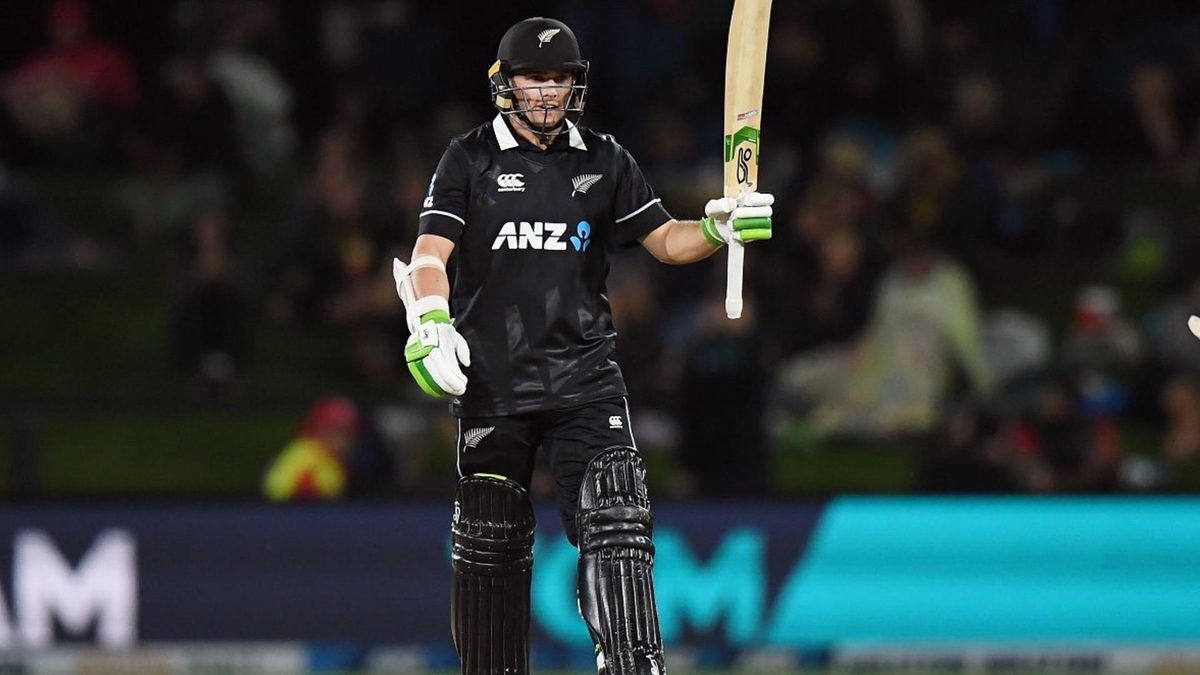
New Zealand’s selection of Tom Latham as an ODI No.5 batter has been as exceptional as his performance, explains Abhishek Mukherjee.
For a long time, ODI teams used to play out the initial overs, run singles, and keep hold of their wickets for the big onslaught at the end. This meant that Test openers could replicate the same approach in both formats.
As fielding restrictions were introduced and boundaries became smaller, teams decided to take advantage. Middle-order batters like Brian Lara and Mark Greatbatch were promoted during the 1992 World Cup, as were all-rounders like Ian Botham and Kapil Dev.
Not all of them came off, but the idea of bumping the biggest hitters up the order became popular. Mark Waugh soon joined this list, Sachin Tendulkar followed suit and Sanath Jayasuriya went from being a lower-order batter to an ODI opener to a Test opener.
But that is only one side of the story. What happened to the Test openers? There was still scope for the long, patient innings in ODIs – but not at the top, for that was when the field was in and boundary hitting its easiest. But when the field was spread, for 25 to 35 overs out of 50 (the count has changed with the Laws), the batting side had to find the right balance between caution and aggression.
Having paired Jayasuriya with Romesh Kaluwitharana at the top, Sri Lanka used Roshan Mahanama – a bona-fide Test opener – in the middle-order. When Sri Lanka were reduced to 35-3 in the 1996 World Cup semi-final against India, Mahanama emerged at No.5 and scored 58, seeing off the Javagal Srinath threat and helping them consolidate.
Curiously, the idea has seldom been replicated. Some teams had specialist middle-order batters doing the job. Rahul Dravid, Jacques Kallis, and Shivnarine Chanderpaul were enough. More crucially, as bats became superior and grounds smaller, batter after No.4, and particularly after No.5, often came out where the team expected them to hit, little else.
That is why Tom Latham is an anomaly, a curious Test opener who doubles as a No.4 or No.5 in ODIs. What makes it even more remarkable is the fact that his father, Rod, was a middle-order batter who was used as opener in 1992.
In 2012 and 2013, the first two years of his international career, Latham played 13 ODIs and seven T20Is. He batted 16 times, but in seven different positions (between the top to No.9). It was from 2014 that he established himself as a Test opener.
ODIs were another matter. He was part of the 2015 World Cup squad – but with Brendon McCullum and Martin Guptill both in terrific form, he never got going. McCullum’s retirement brought him back into the reckoning, but as an opener, and that meant Latham’s career was going nowhere.
When Luke Ronchi quit, the New Zealand team management realised they had a Test opener who had performed far below potential as ODI opener. Yet, by having him keep wicket, he could add to the team’s balance. How best to use him?
New Zealand take a five
With Kane Williamson and Ross Taylor occupying Nos. 3 and 4, the highest middle-order slot left for Latham was No.5. In the first ODI of their India tour of 2017/18 in Mumbai, that was exactly where Latham batted. India put up 280-8, Latham joined Taylor at 80-3 and scored 103 not out, and New Zealand won.
Latham made 38 and 65 in the other two matches of the tour, and never looked back. New Zealand backed him despite an indifferent 2019 World Cup. He has also never batted at the top of the order since then.
Until that ODI in Mumbai, Latham averaged 32.48 in ODIs, and struck at 80. As an opener, the numbers read 38 and 83 respectively. Since then, and including that innings, the numbers have gone up to 40.88 and 92. At No.5 alone, he has scored 1,483 runs at 47.83 in this phase and strikes at 94.
Over the 50-year history of ODI cricket, only one man has scored more runs at a higher average and a higher strike rate – AB de Villiers.
Of course, one may argue that it is unfair to compare a part of Latham’s career to the career aggregates of others. Latham’s entire career record at No.5 reads 1,600 runs at 42.10, with a strike rate of 91. This time de Villiers is joined by Andrew Flintoff, Ben Stokes, and Andrew Symonds.
Let us take a moment to understand this quartet, none of whom resembles Latham as a batter. Latham is perceived as someone akin to MS Dhoni, Angelo Mathews, and Misbah-ul-Haq, all of whom averaged more than Latham at No.5 but struck at 86 or lower. Suresh Raina scored his runs at a strike rate of 94, but his average at No.5 was 35.47, while Eoin Morgan’s numbers read 36.68 and 90.
Somehow, down the years, the Test opener has found his mojo down the order in ODIs. Curiously, Latham is not alone in this. Test opener KL Rahul averages 43.57 as openers in ODIs, but strikes at 80. At No.5 – a position where he is very likely to bat – these numbers read 56.62 and 114, albeit over 10 innings.
It is too early to predict say whether New Zealand – and Latham – have started a trend, of deploying Test openers in the middle overs in the ODIs. At this point, however, it is fair to say that it has worked for them.








